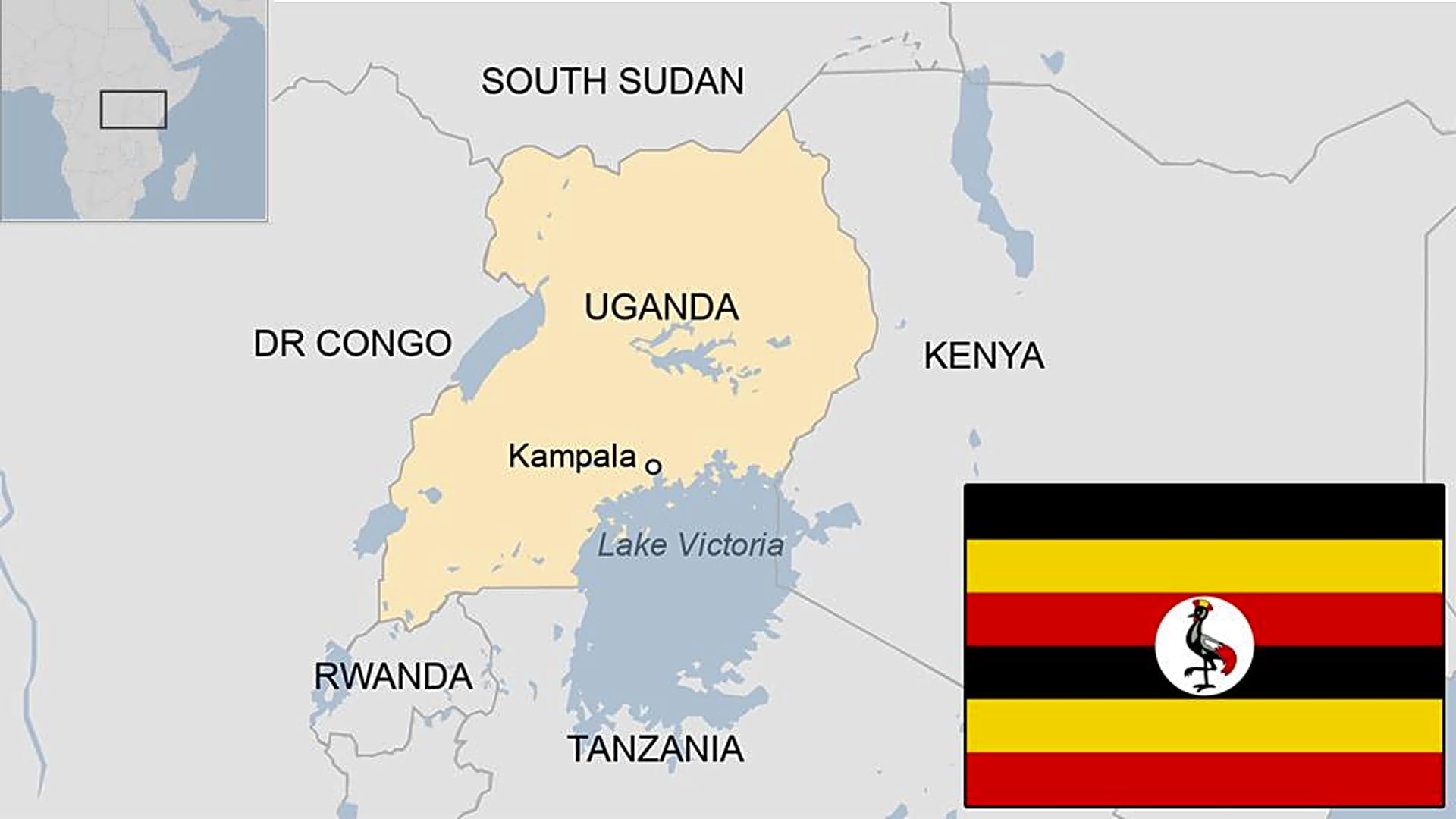The project, which is a part of an international effort, was funded in part by $3.6 million from the National Institute of Allergy and Infectious Diseases, a division of the National Institutes of Health. West-central Africa will host the inaugural International Center for Excellence in Malaria Research as part of the EMERGENTS (Enhancing Malaria Epidemiology Research through Genomics and Translational Systems) initiative.
According to the World Health Organization, there were 249 million new cases of malaria globally in 2022, with 608,000 of those cases resulting in fatalities. Africa is disproportionately affected by the illness; as of 2022, 95% of malaria fatalities worldwide will occur there.
The international center will enhance evidence-based initiatives for the eradication and extinction of malaria over the next five years. These include training a new generation of African scientists, enhancing knowledge about pesticide resistance, and monitoring the geographic distribution of Anopheles stephensi. Recently, this deadly urban malaria vector has started to spread throughout Africa.
The data collected at the facility will be used to control malaria worldwide. Although Africa is the primary focus of the EMERGENTS effort, the technology and methodologies developed via this project have significant implications for the United States. Thanks to its warm environment and large influx of foreign visitors, Florida serves as a major hub for monitoring diseases spread by mosquitoes.
Leading the project’s image-driven mosquito monitoring efforts will be Carney and Chellappan, who developed mosquitodashboard.org in 2022 with backing from the National Science Foundation, and who will train local scientists to apply citizen science using this platform. Using photos supplied from cellphones, the web dashboard aggregates hundreds of thousands of mosquito observations from many platforms into an interactive, real-time dashboard and data gateway. Using some of the same innovative methods, Chellappan is creating an artificial intelligence-enabled smart trap to attract, capture, and track Anopheles stephensi. In order to capture and automatically identify Anopheles stephensi in real time, different prototypes of the patent-pending smart trap will be placed throughout west-central Africa during this study.
Strong instruments that provide researchers and mosquito control personnel with real-time data to identify invasive and disease-carrying mosquitos include the dashboard and smart trap. Previous studies by Carney and Chellappan demonstrate the effectiveness of citizen science and the dashboard.
Previously, as part of an ongoing program started in 2022 in collaboration with the Centers for Disease Control and Prevention, citizen science initiatives in nations like Ethiopia and Madagascar have explored this technique. With Anopheles stephensi as the main target, Carney and Chellappan will be able to improve their algorithms and incorporate additional species into automatic identification with the increased funds from this new project.
According to Chellappan, as technology advances during this initiative, people will be able to purchase the traps at a fair price, improving community-led mosquito surveillance and control on a local and global scale.
Among the many international partners involved in this multidisciplinary global project are the University of Florida; the African Centre of Excellence for Genomics of Infectious Diseases; the Centre for Research in Infectious Diseases; the University of North Carolina at Chapel Hill; the Africa CDC; Brown University; the Centre Pasteur du Cameroun; CERMEL Gabon; DELGEME Plus Mali; the Naval Medical Research Unit-3 Italy; and the University of Dschang in Cameroon. Funds were awarded to the University of Florida by USF as a subaward under NIAID grant number U19AI181594.


